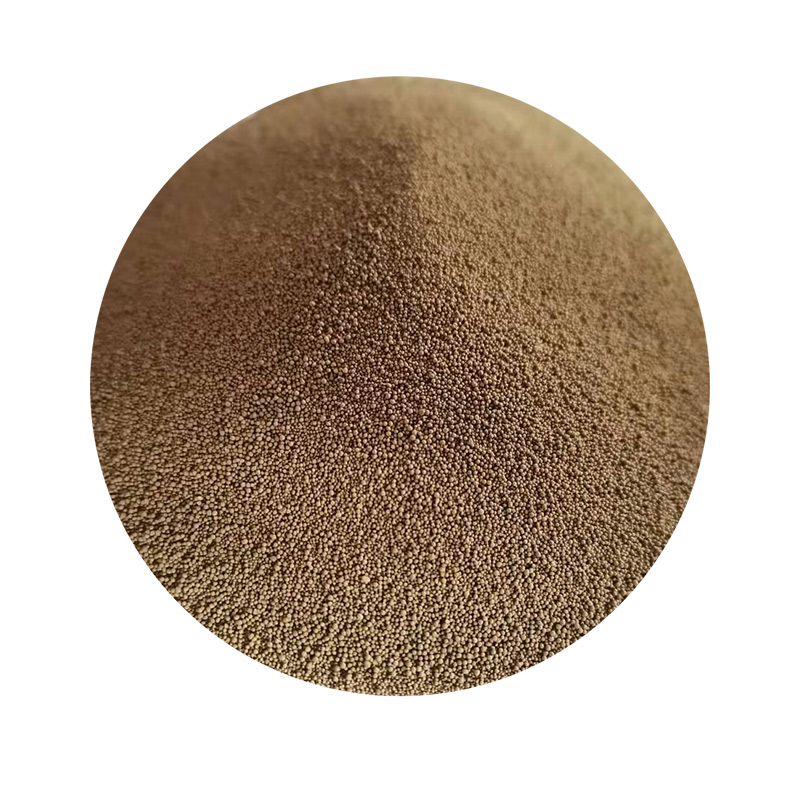The Sand Casting Process An Overview
Sand casting is one of the most widely used methods for metal casting, offering a unique blend of versatility and cost-effectiveness. This traditional manufacturing technique has stood the test of time, making it a favored choice across various industries for producing intricate metal components.
At its core, the sand casting process involves creating a mold from a mixture of sand, clay, and water. The sand, typically composed of silica, provides the necessary granularity to form detailed shapes, while the clay acts as a binder to hold the sand particles together. Water is added to help maintain the mold's integrity and improve the bonding properties of the mixture.
The Sand Casting Process An Overview
After forming the mold cavity, the next step involves ensuring that the mold has proper gating and riser systems. Gating allows molten metal to enter the mold, while risers act as reservoirs for additional metal to compensate for shrinkage as the component cools and solidifies. Careful design of these features is essential to producing high-quality castings.
describe sand casting process

Once the mold is prepared, it is time to heat the metal. Common metals used in sand casting include aluminum, iron, and bronze, chosen for their favorable casting characteristics. The molten metal is poured into the prepared mold cavity through the gating system, filling the space and taking on the shape of the pattern.
After allowing sufficient time for the metal to cool and solidify, the next phase involves breaking apart the sand mold to retrieve the cast piece. This is often done by shaking, vibrating, or manually disassembling the mold components. Once exposed, the casting may still undergo further finishing processes, such as grinding or sanding, to remove imperfections or excess material.
One of the significant advantages of sand casting is its ability to produce complex shapes with excellent surface finishes. It is also cost-effective, particularly for small to medium production runs. Unlike other casting methods, which may require expensive molds, sand molds can be produced quickly and are recyclable, making them an environmentally friendly choice.
However, sand casting is not without its challenges. The process can produce castings with a rough surface and dimensional inaccuracies if not managed correctly. Additionally, achieving consistency and quality can be demanding, particularly with larger components.
In summary, the sand casting process remains a cornerstone in the manufacturing sector. Its combination of flexibility, cost-effectiveness, and capability to produce intricate designs makes it an indispensable technique for metal fabrication. As industries continue to evolve, sand casting will persist as a reliable solution for meeting diverse engineering needs in a wide range of applications.
Post time:అక్టో . 07, 2024 15:37
Next:golden sands prices
